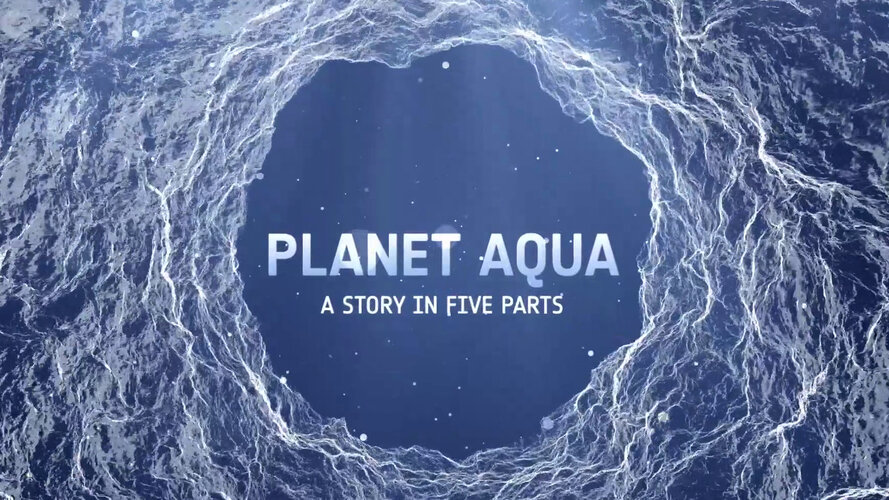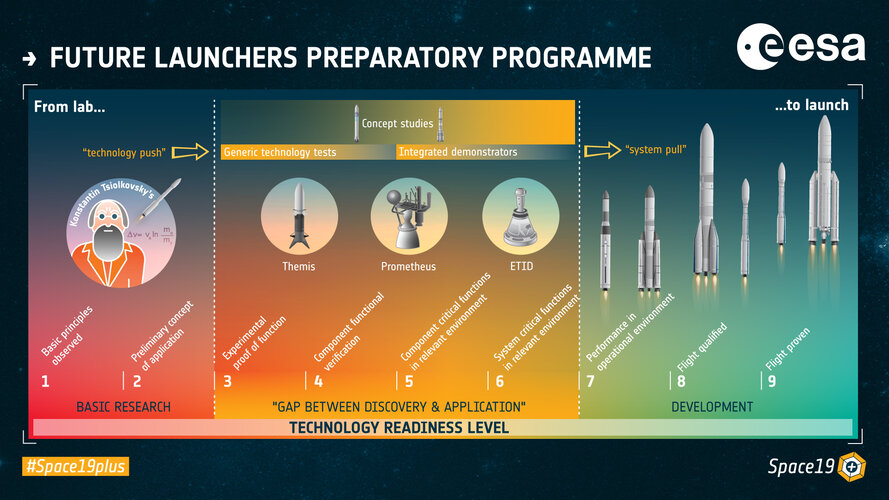Martian snow is dusty, could potentially melt, new study shows
Tuesday, 24 August 2021 08:26 Over the last two decades, scientists have found ice in many locations on Mars. Most Martian ice has been observed from orbital satellites like NASA's Mars Reconnaissance Orbiter. But determining the grain size and dust content of the ice from that far above the surface is challenging. And those aspects of the ice are crucial in helping scientists determine how old the ice is and how it was depo
Over the last two decades, scientists have found ice in many locations on Mars. Most Martian ice has been observed from orbital satellites like NASA's Mars Reconnaissance Orbiter. But determining the grain size and dust content of the ice from that far above the surface is challenging. And those aspects of the ice are crucial in helping scientists determine how old the ice is and how it was depo Solar System's fastest-orbiting asteroid discovered
Tuesday, 24 August 2021 08:26 The Sun has a new neighbor that was hiding in plain twilight. An asteroid that orbits the Sun in just 113 days-the shortest known orbital period for an asteroid and second shortest for any object in our Solar System after Mercury-was discovered by Carnegie's Scott S. Sheppard in evening twilight images taken by Brown University's Ian Dell'Antonio and Shenming Fu.
The newfound asteroid, cal
The Sun has a new neighbor that was hiding in plain twilight. An asteroid that orbits the Sun in just 113 days-the shortest known orbital period for an asteroid and second shortest for any object in our Solar System after Mercury-was discovered by Carnegie's Scott S. Sheppard in evening twilight images taken by Brown University's Ian Dell'Antonio and Shenming Fu.
The newfound asteroid, cal US still interested in possibility of having astronauts fly on board Soyuz: Roscosmos
Tuesday, 24 August 2021 08:26 The United States may purchase a seat on the Russian Soyuz in the spring of next year, as a precaution, in case of any issues with commercial US spacecraft, Roscosmos Deputy Director General for International Cooperation Sergey Saveliev told Sputnik.
"The Americans are leaving this opportunity [acquiring a Soyuz seat in the spring of 2022] as an option, counting on help and assistance from
The United States may purchase a seat on the Russian Soyuz in the spring of next year, as a precaution, in case of any issues with commercial US spacecraft, Roscosmos Deputy Director General for International Cooperation Sergey Saveliev told Sputnik.
"The Americans are leaving this opportunity [acquiring a Soyuz seat in the spring of 2022] as an option, counting on help and assistance from Blue and Gold satellites headed to Mars in 2024
Tuesday, 24 August 2021 08:26 An interplanetary mission led by the University of California, Berkeley, to put two satellites - dubbed "Blue" and "Gold" - into orbit around Mars has been officially authorized to prepare for launch in October 2024.
The announcement last week by NASA means that by 2026 the spacecraft will likely be exploring the red planet's atmosphere and its interaction with the solar wind.
Called
An interplanetary mission led by the University of California, Berkeley, to put two satellites - dubbed "Blue" and "Gold" - into orbit around Mars has been officially authorized to prepare for launch in October 2024.
The announcement last week by NASA means that by 2026 the spacecraft will likely be exploring the red planet's atmosphere and its interaction with the solar wind.
Called Unveiling a century-old mystery: Where the Milky Way's cosmic rays come from
Tuesday, 24 August 2021 08:26 Astronomers have succeeded for the first time in quantifying the proton and electron components of cosmic rays in a supernova remnant. At least 70% of the very-high-energy gamma rays emitted from cosmic rays are due to relativistic protons, according to the novel imaging analysis of radio, X-ray, and gamma-ray radiation.
The acceleration site of protons, the main components of cosmic rays,
Astronomers have succeeded for the first time in quantifying the proton and electron components of cosmic rays in a supernova remnant. At least 70% of the very-high-energy gamma rays emitted from cosmic rays are due to relativistic protons, according to the novel imaging analysis of radio, X-ray, and gamma-ray radiation.
The acceleration site of protons, the main components of cosmic rays, OneWeb confirms another successful launch, accelerating business momentum
Tuesday, 24 August 2021 08:26 OneWeb has confirmed the next successful launch of 34 satellites by Arianespace from the Baikonur Cosmodrome. The launch follows the successful completion of OneWeb's 'Five to 50' mission and highlights the momentum of the business as it prepares to both introduce commercial service and focus on scaling to global service.
This latest successful launch brings OneWeb's total in-orbit constel
OneWeb has confirmed the next successful launch of 34 satellites by Arianespace from the Baikonur Cosmodrome. The launch follows the successful completion of OneWeb's 'Five to 50' mission and highlights the momentum of the business as it prepares to both introduce commercial service and focus on scaling to global service.
This latest successful launch brings OneWeb's total in-orbit constel WVU engineers tackle limitations of data transfer during space exploration
Tuesday, 24 August 2021 08:26 Engineers at West Virginia University are helping to solve one of the greatest limitations of space exploration-sending and receiving information between a spacecraft and the ground station- thanks to a $750,000 award from NASA's highly competitive Established Program to Stimulate Competitive Research program.
Once a spacecraft leaves Earth's orbit and travels further into deep space, tran
Engineers at West Virginia University are helping to solve one of the greatest limitations of space exploration-sending and receiving information between a spacecraft and the ground station- thanks to a $750,000 award from NASA's highly competitive Established Program to Stimulate Competitive Research program.
Once a spacecraft leaves Earth's orbit and travels further into deep space, tran Lockheed Martin develops high-performance, low cost hybrid antenna for 5G, radar and remote sensing
Tuesday, 24 August 2021 08:26 Lockheed Martin has invented a new type of satellite dish technology with a wide range of use on satellites and ground terminals, including space-based 5G. The Wide Angle ESA Fed Reflector (WAEFR) antenna is a hybrid of a phased array Electronically Steerable Antenna (ESA) and a parabolic dish, and increases coverage area by 190% compared to traditional phased array antennas at a much lower cost
Lockheed Martin has invented a new type of satellite dish technology with a wide range of use on satellites and ground terminals, including space-based 5G. The Wide Angle ESA Fed Reflector (WAEFR) antenna is a hybrid of a phased array Electronically Steerable Antenna (ESA) and a parabolic dish, and increases coverage area by 190% compared to traditional phased array antennas at a much lower cost Virginia company licenses NASA relative navigation technology
Tuesday, 24 August 2021 08:26 NASA and Virginia-based Psionic, LLC, signed a licensing agreement for the use of a NASA 3D light detection and ranging (lidar) technology called Kodiak originally developed for a cutting-edge mission to robotically refuel a satellite in orbit. The commercial license will allow Psionic to combine the technology's capabilities with existing lidar developments to enhance the overall design and inc
NASA and Virginia-based Psionic, LLC, signed a licensing agreement for the use of a NASA 3D light detection and ranging (lidar) technology called Kodiak originally developed for a cutting-edge mission to robotically refuel a satellite in orbit. The commercial license will allow Psionic to combine the technology's capabilities with existing lidar developments to enhance the overall design and inc We count lights because the night counts
Tuesday, 24 August 2021 08:26 In recent years, public awareness of light pollution and the health and environmental effects of artificial light has grown - as have Earth's light emissions according to satellite imagery. What satellite images don't show is what kind of light sources on the ground, and how many there are. To close this data gap, a team of citizen scientists and researchers from the Helmholtz Centre Potsdam - G
In recent years, public awareness of light pollution and the health and environmental effects of artificial light has grown - as have Earth's light emissions according to satellite imagery. What satellite images don't show is what kind of light sources on the ground, and how many there are. To close this data gap, a team of citizen scientists and researchers from the Helmholtz Centre Potsdam - G Planet Aqua: Solutions from Space for Clean Water
Tuesday, 24 August 2021 07:00 Video:
00:51:12
Video:
00:51:12
Water is life, on Earth and in space. Dutch ESA astronaut André Kuipers recounts his experience living in space for 204 days, and his time looking back on the blue face of ‘Planet Aqua’, comparing notes with divers about what is going on beneath the waves. He goes on to explore how space technology is being used for water management, from orbital tracking of water quality and pollution to spacecraft-grade recycling systems deployed down on the ground, as well as ambitious efforts to identify marine plastic litter using satellites. Produced for SIWI World Water Week with the
Unveiling vehicles and technologies for future space transportation
Tuesday, 24 August 2021 06:00
ESA safeguards Europe’s guaranteed access to space through its Future Launchers Preparatory Programme, FLPP.
Britain charts a new course for satellite navigation
Tuesday, 24 August 2021 05:35
When it comes to satellite navigation, the British government has struggled to find its way over the last five years.
NASA Administrator highlights contributions of Colorado industry and academia
Tuesday, 24 August 2021 03:16
Advanced Space was one of three Colorado organizations NASA Administrator Bill Nelson introduced during a press briefing at the 36th Space Symposium with genuine enthusiasm.
Analysts: Space SPACs can be a steal or a shot in the dark
Monday, 23 August 2021 23:50
The SPAC trend in the space industry does not appear to be letting up, says a new report by Avascent and Jefferies, but analysts caution that these deals, while attractive for space companies, can be risky for investors.

